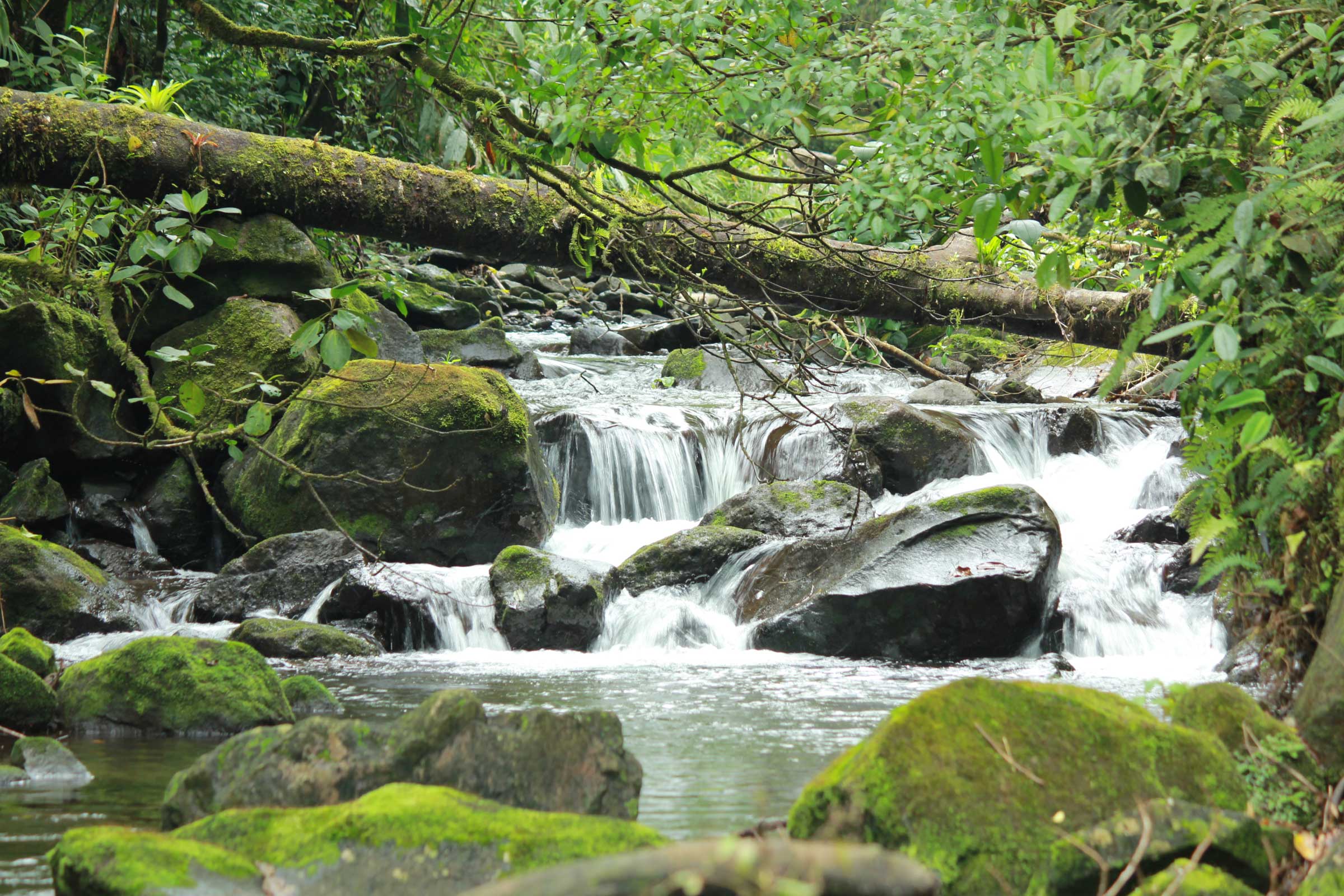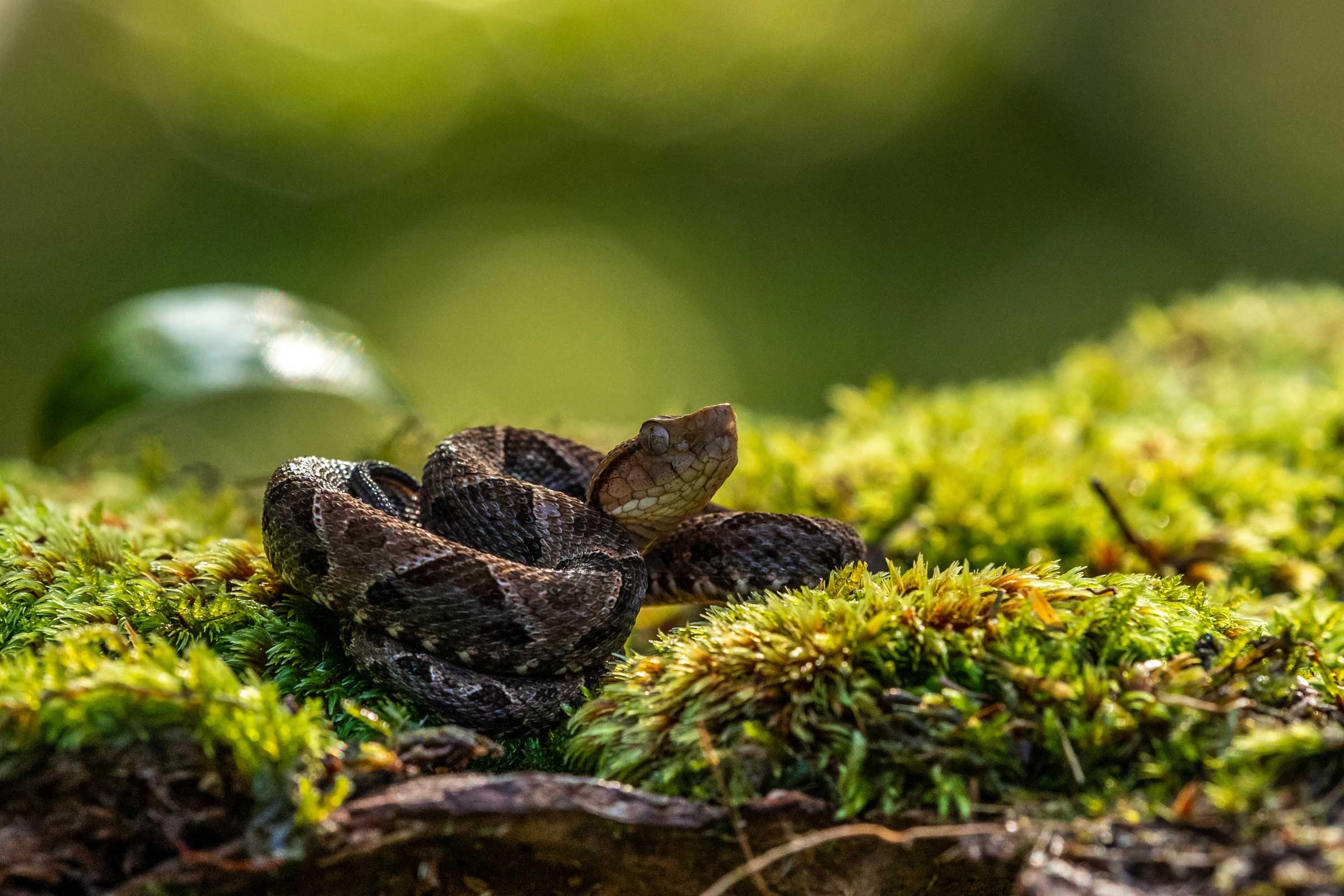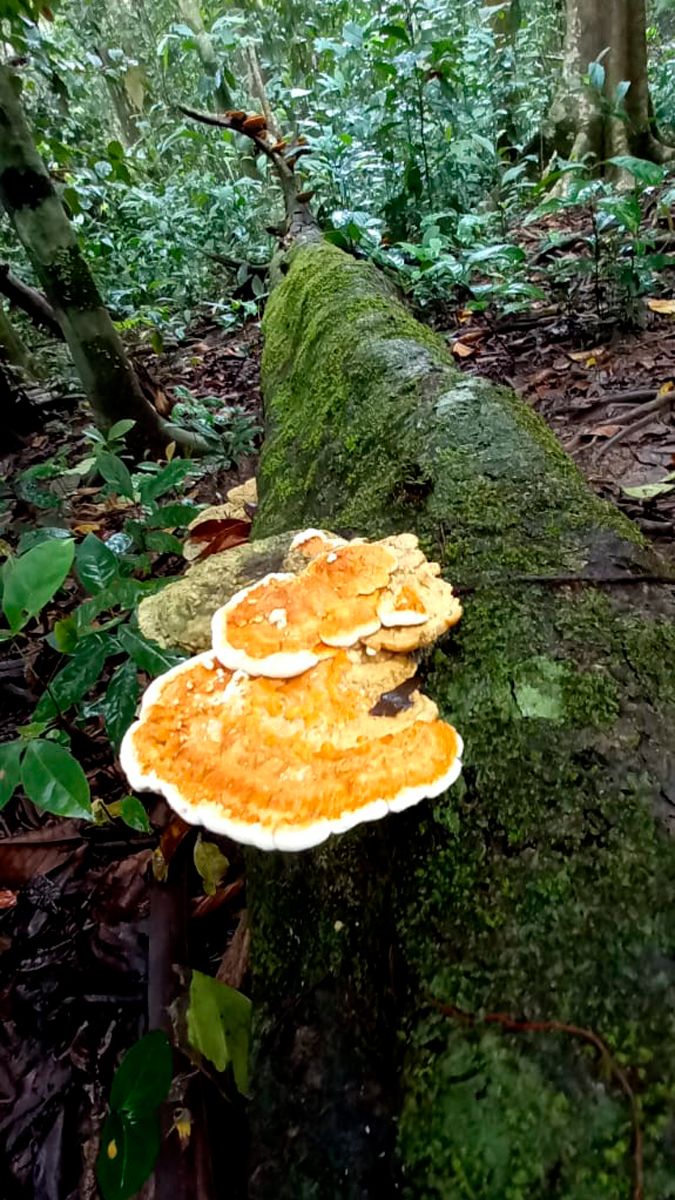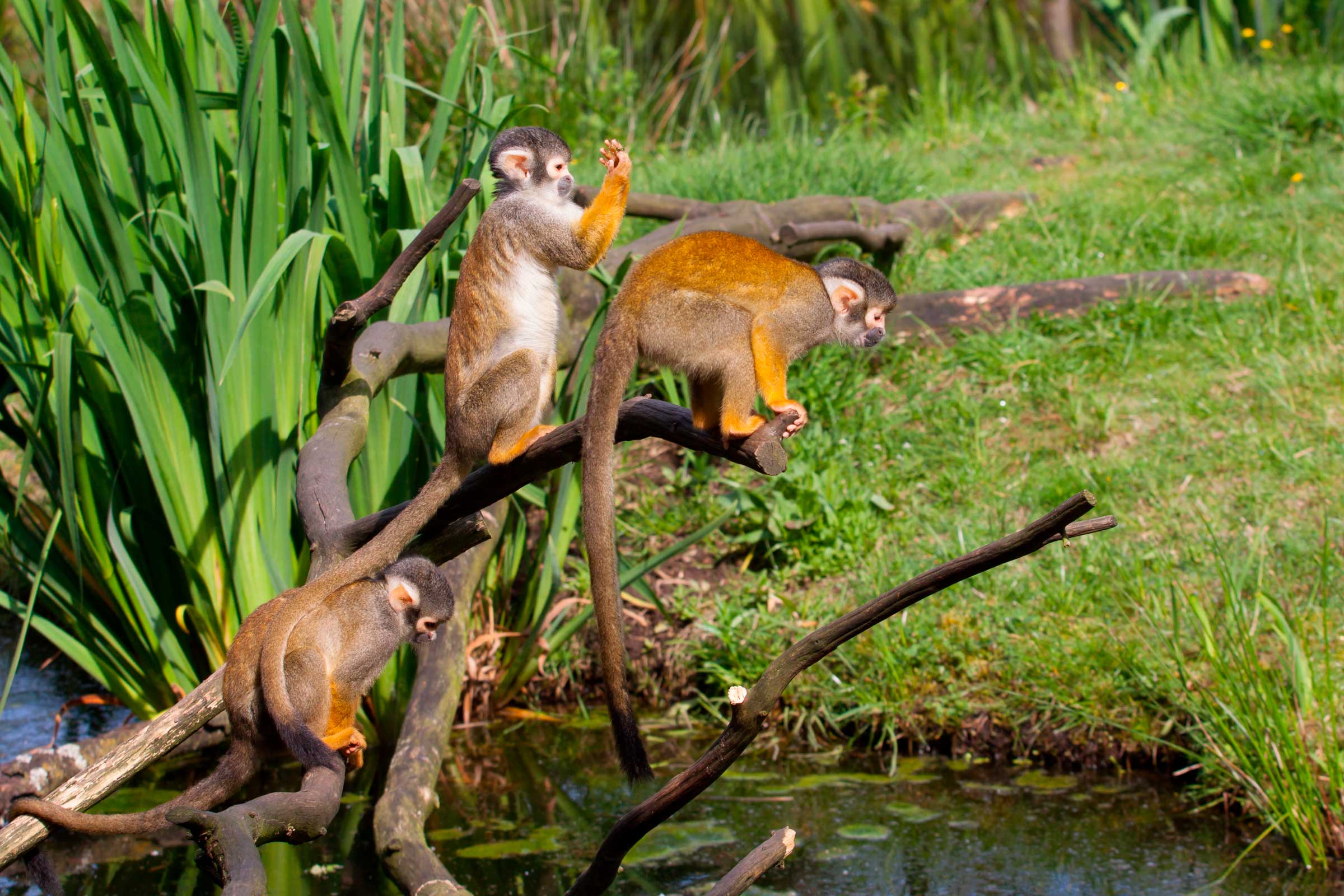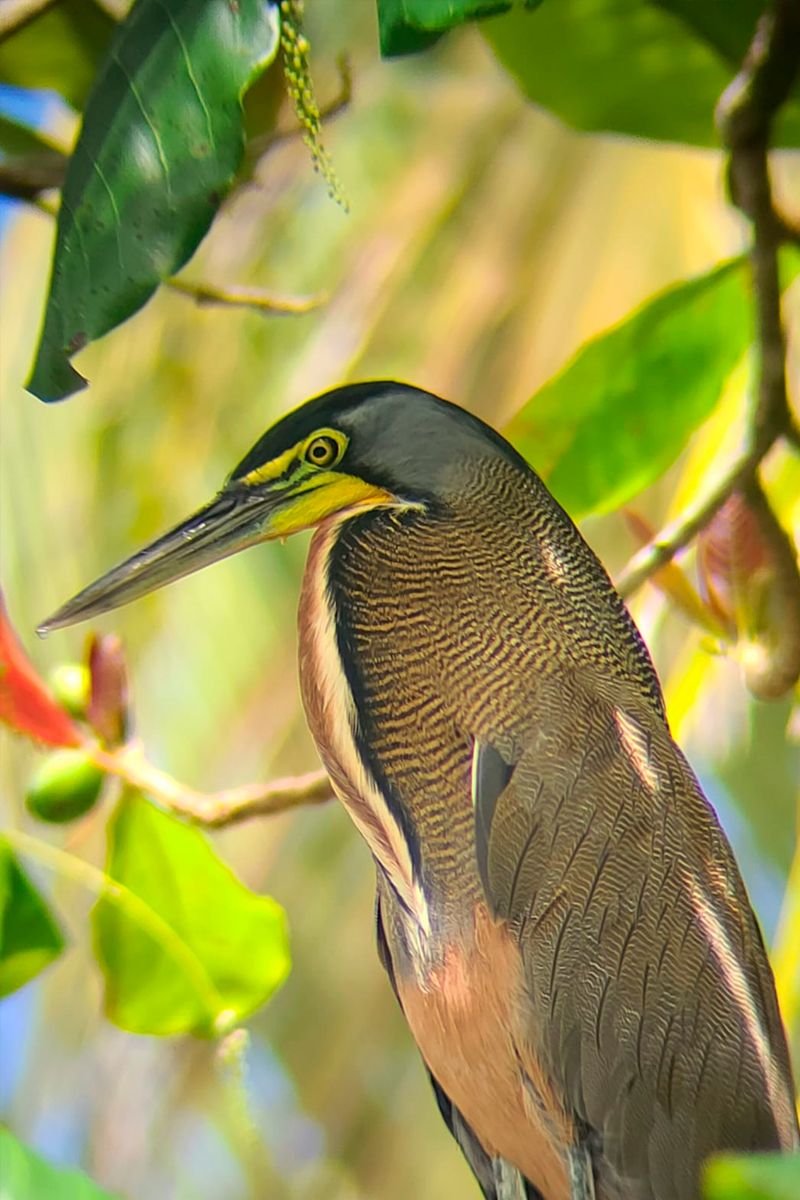Enjoy Exploring Corcovado National Park
Hiking in Corcovado National Park is a bucket-list adventure on Costa Rica’s remote Osa Peninsula. Spanning 41,700 hectares, this park is one of the world’s most biodiverse places. Its rainforests, mangroves, and untouched beaches teem with over 500 tree species, nearly 400 birds, and 140 mammals, including monkeys, tapirs, and rare jaguars. All visitors must hike with a certified guide, who navigates rugged trails and shares insights on the park’s ecosystems. Whether you’re a nature lover or thrill-seeker, Corcovado’s wild solitude and rich wildlife make it a must-do.
Corcovado is a tropical wilderness of towering primary forest giants, dense jungle, and untouched coastline. You might spot scarlet macaws, poison dart frogs, or, if lucky, a harpy eagle or jaguar. The park’s raw, undeveloped setting offers a true off-the-grid escape, perfect for disconnecting.
What to Expect on a Hike
Most Corcovado hiking tours are full-day adventures, starting with a boat ride from spots like Drake Bay or Uvita, where you might see dolphins, sea turtles, or whales in season. Once in the park, expect two hikes: a 2 to 2.5-hour trail focused on wildlife, followed by a 1.5-hour trek to a waterfall for a refreshing swim. Total hiking time is about four hours, with trails that can be muddy, steep, or rugged. Expert guides help spot animals like howler monkeys, raccoons, or kingfishers and share knowledge about plants like orchids or ferns. A picnic lunch is included, and you’ll need lightweight, quick-drying clothes, sturdy waterproof boots, insect repellent, sunscreen, a reusable water bottle, and a waterproof bag. Tours are best for adults and older kids due to the challenging terrain.
Where to Go
Corcovado’s four main access points offer varied hiking experiences, all requiring a certified guide. La Leona, near Carate, is ideal for day hikes along coastal trails with beach and jungle views. Sirena, deep in the park, is the heart of wildlife viewing, with trails teeming with tapirs, peccaries, or squirrel monkeys, plus rustic lodging for multi-day hikes. San Pedrillo, near Drake Bay, features shorter trails with waterfall swims and lush rainforest. Los Patos, accessed via Rincón, leads to remote jungle routes for a deeper wilderness trek. Each station offers unique trails, from coastal paths to inland forests, with chances for wildlife photography, birdwatching, or seasonal sea turtle nesting. Day trips often start from La Leona or San Pedrillo, while Sirena suits overnight adventures.
FAQs About Hiking in Corcovado National Park
Common questions about Corcovado:
What wildlife can I see in Corcovado?
Expect howler, spider, capuchin, or squirrel monkeys, tapirs, anteaters, scarlet macaws, kingfishers, poison dart frogs, and, if lucky, jaguars or harpy eagles, plus orchids and ferns.
How do I get to Corcovado?
From Uvita or Drake Bay, take a boat to access park entry points like La Leona, San Pedrillo, or Sirena. Los Patos requires land travel via Rincón.
Is Corcovado worth visiting?
Absolutely. Its unmatched biodiversity and wild rainforest make it a highlight for nature lovers, offering a rare chance to see one of Earth’s richest ecosystems.
Do I need a guide for Corcovado?
Yes, it’s illegal to enter without a certified guide. They ensure safety, navigate rugged trails, and help spot wildlife while sharing ecological knowledge.
Can I stay in Corcovado?
Yes, La Leona and Sirena ranger stations offer basic dorms or camping. Most visitors stay in ecolodges near Drake Bay or Puerto Jimenez for comfort.


